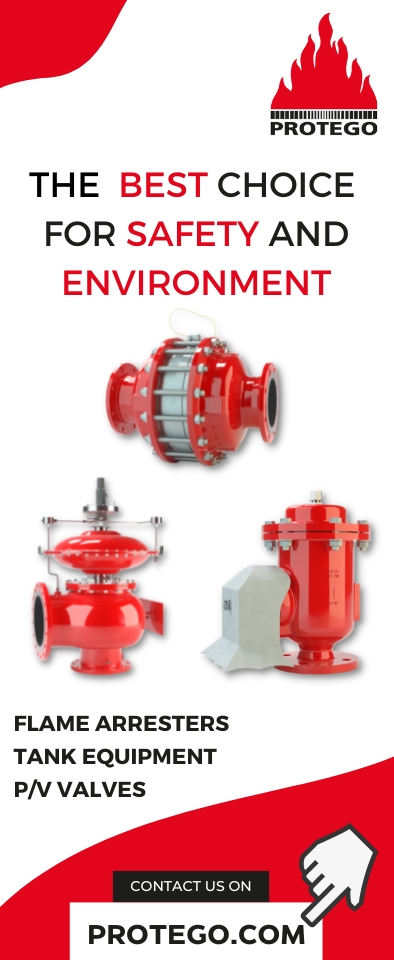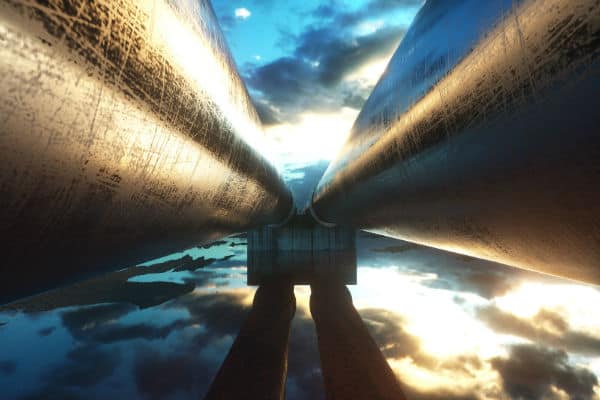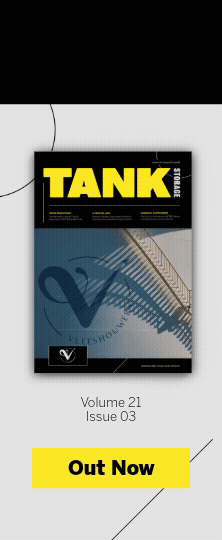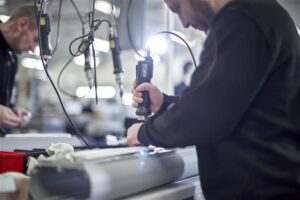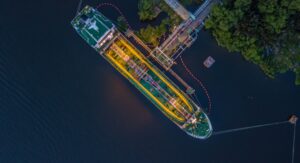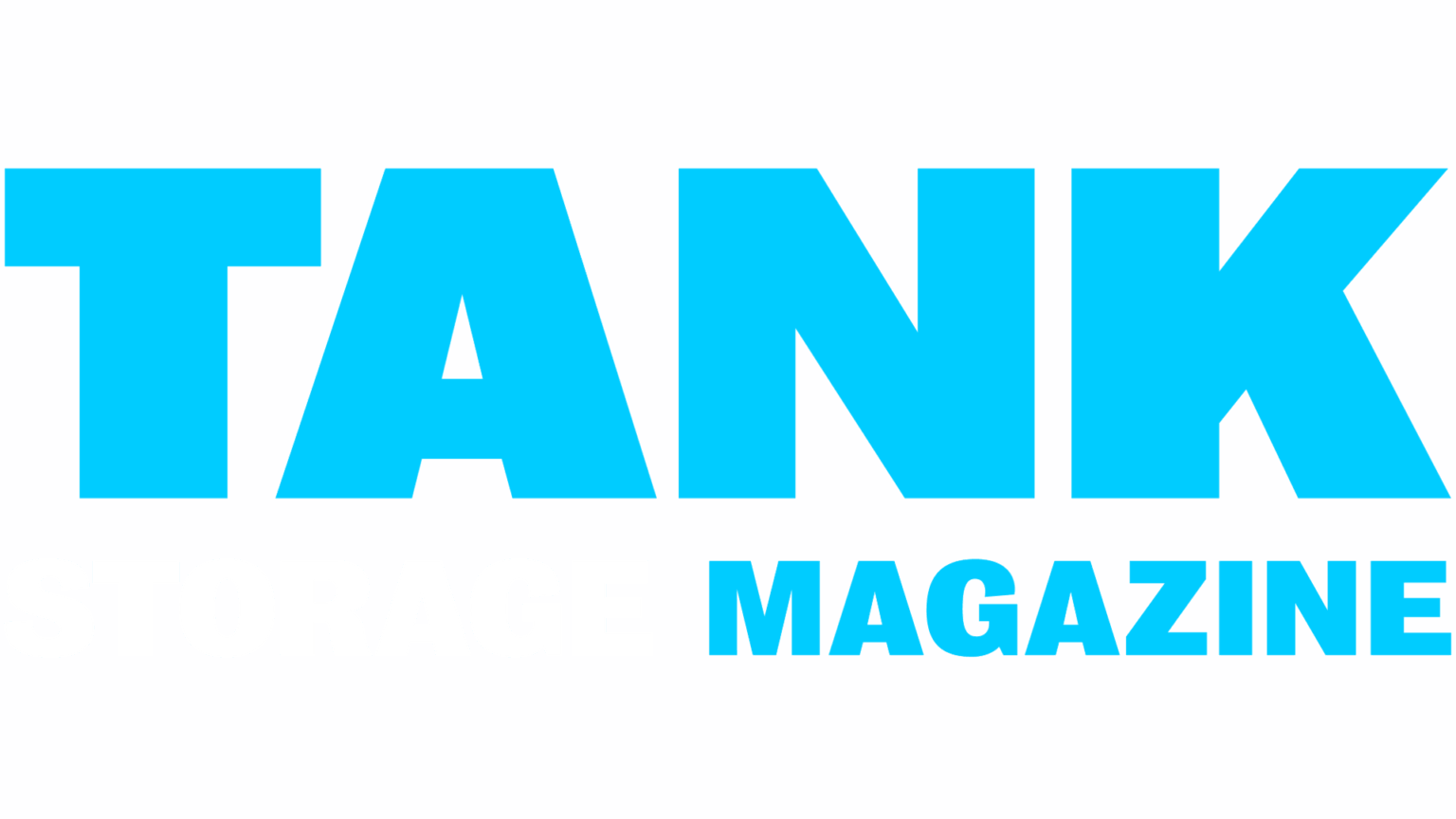In December 2019, the European Commission set an ambitious goal to become climate-neutral by 2050. Seen as the greenest gas fuel, hydrogen has become a central element of building an economy with net-zero greenhouse gas (GHG) emissions.
The production and use of low carbon forms of hydrogen had gained unprecedented momentum before the COVID‑19 crisis. Hydrogen fuel cell vehicles sales skyrocketed in 2019, and in the early 2020s, the electrolysers were expected to set the capacity record. It is essential to ensure that hydrogen momentum is not lost because of the COVID-19 risks and following oil and gas crisis.
In this article, you will find the challenges faced by the hydrogen industry and the projects and technologies that drive the industry forward into a zero-carbon hydrogen-fueled future.
BREAKING A SUPPLY/DEMAND DEADLOCK
Hydrogen currently suffers from a supply/demand deadlock which effectively hinders cost reductions by economies of scale.
‘Once green hydrogen becomes available in big quantities at a lower cost a lot of applications in mobility, industry and energy sector suddenly become economically viable, said Christian Weinberger, senior advisor of European Commission, at an International LNG Congress Webinar dedicated to hydrogen future.
The main question now is how to scale up production. The recovery plan for the COVID-19 crisis offers an opportunity to speed up this process. The European Union’s €180 billion investment to scale up clean hydrogen production can completely change the outlook for a significant cost reduction.
One of the main challenges is that not all member states are equally suitable to produce renewable energy for green hydrogen production. The 2x40GW Green Hydrogen Initiative, published by Hydrogen Europe, aims to promote a massive increase in the production of electrolysers necessary to transform solar and wind energy into hydrogen. It represents an investment of some €20 billion in Europe into plants, materials, and suppliers over the next several years. Half of them should be deployed inside the EU and half in Ukraine and Northern Africa. The hydrogen produced there then will be imported into the EU.
Electrolyser production technologies develop as well. In August 2020 Sunfire delivered the world’s largest and most powerful high-temperature electrolyser to Salzgitter Flachstahl for their green steel production GrInHy2.0 project. Its HTE system has a rated electrical output of 720 kW.
In 2021 VTT, Neste, and their partners awarded €3.3 million to a Finnish project that aims to increase the efficiency of hydrogen production through high temperature electrolysis. The technology will use a solid oxide electrolyser cell (SOEC) with carbon dioxide sequestration and Fischer-Tropsch fuel synthesis.
BUILDING INFRASTRUCTURE
Another major question is how to store and transport hydrogen. The industry will have to figure out how to manage the transition: repurposing all terminals at once would create a cliff-edge situation for the exporters. There will most likely be a transitional period where they will be able to receive both LNG and other products like hydrogen.
RWE and German LNG Terminal signed a memorandum of understanding to stimulate the use of green hydrogen. Now they are looking into the possibility of importing hydrogen via the planned Brunsbüttel LNG Terminal. The liquid hydrogen feed-in points could be added to the import terminal. The existing gas infrastructure is perfectly suitable for the local hydrogen distribution.
Due to its low density, hydrogen in a gas state takes up significant amounts of space and liquefaction is a costly process. The EU-funded HyCARE project is developing a novel way to store hydrogen in the solid-state, using metal hydrides. It will also boost energy resources and efficiency by storing energy as heat through phase change materials. The combination of solid-state hydrogen and heat storage tanks will be integrated with technology to produce hydrogen for storage and use it.
DEVELOPING HYDROGEN MOBILITY
At the beginning of 2021, the Hydrogen Mobility Europe (H2ME) project aimed at deploying hundreds of fuel cell hydrogen vehicles and the associated refuelling infrastructure, across 10 European countries, published its final report. It shows the progress made by the segment since 2016: 630 hydrogen fuel cell electric vehicles have been deployed in 10 countries and 37 new hydrogen refuelling stations installed in eight countries in frames of the project.
However, as the COVID-19 pandemic spread in 2020, and mobility significantly decreased, the growth has slowed down. The key challenge on the way towards stimulating hydrogen mobility development and demand for hydrogen fuel cell vehicles is to build a region-wide stations network. Now, the real charge for hydrogen station deployments in Europe has been led by Germany. With its 92nd station opened by Total, Linde, and Air Liquid in March 2021, the country approached its goal of having 100 stations by the middle of 2021. In addition, France and the Netherlands are seeing a rapid uptake in deployments.
There’s still a long road ahead towards achieving carbon-neutral future goals by 2050. To build a carbon neutral future by 2050, the growth of the hydrogen segment requires targeting the lowest possible cost of production, governmental support, and cooperation of all market players to drive the process.
The innovative low-carbon and sustainable projects and new technologies will be discussed at the Virtual 7th International LNG Congress on 7-8 June 2021.
Join the roundtable – Low carbon and hydrogen solutions of today:
- Mona Bhagat (business development manager at KBR) – ‘Emerging hydrogen trends, challenges, costs and opportunities’.
- Steinar Eikaas (vice president, low carbon solutions at Equinor) – ‘Hydrogen, carbon capture and storage’.
- Andrea Condotta (public affairs & innovation manager at GRUBER Logistics) – ‘A path towards 0 emissions mobility’.
- Christopher Stanik (programme manager mobility and fuel strategy/project manager gas-fuelled ships at NOW) – ‘Hydrogen mobility and infrastructure: A market overview’.
- Felicia Mester (senior policy advisor at Hydrogene Europe) – ‘Hydrogen paves the way for deep decarbonisation’.

